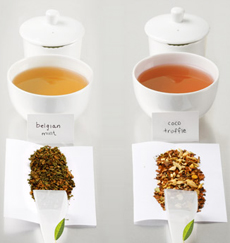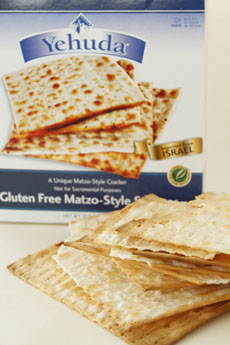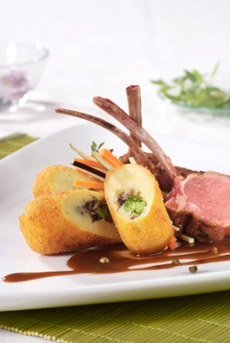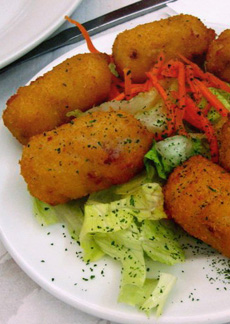|

Enjoy a glass of Scotch: It’s World Whisky
Day. Photo courtesy Chivas Regal.
|
|
People across the world will raise a dram to Scotland’s national drink on March 27th, thanks to the efforts of a University of Aberdeen Student.
Blair Bowman, 21, has established the first ever World Whisky Day.
Unlike other drinks such as beer, tequila and vodka, whisky did not have its own dedicated holiday. When the enterprising young Scot discovered this, he quickly set about creating a “day” and a website, WorldWhiskyDay.com (which is “currently unavailable”). Some 125 events are registered in more than 30 countries.
To celebrate World Whisky Day, have a shot, a whisky cocktail or this ice cream brownie sundae with Scotch caramel sauce. Here’s the recipe. You can also mix two tablespoons of whisky into a jar of warmed caramel or chocolate sauce.
|
Can Anyone Establish A Holiday?
In our free-speech society, anyone can declare anything they want. In order for it to get noticed outside the circle of one’s friends, however, broader awareness is required.
There’s an official process for a “sanctioned” holiday. Here are the details, along with all the food holidays in the U.S. (To get the daily holiday, sign up at Twitter.com/TheNibble.)
How Many Types Of Whiskey Have You Had?
Whiskey is spirit made from a fermented mash of grain or malt, aged in barrels; the brown color comes from barrel aging. There are numerous types of whiskey—American (Bourbon, corn, Tennessee, rye), Canadian, Irish, Scotch and others. Each is distinguished by the type of grain (barley, corn, rye) used in the fermentation process, as well as the distinct distillation and aging process. The color comes from aging in wood barrels.
Australia, England, Germany, Japan, New Zealand, Switzerland and Thailand, all strong markets for whiskey, now produce their own. Regardless of the variety or country of origin, a general rule of thumb is that all straight whiskeys must be aged at least two years in wood, generally oak. Each nation has its own rules and regulations about what constitutes a true whiskey.
Check out our Whiskey Glossary for a quick review of whiskey types and terms.
Whisky Vs. Whiskey
In Ireland and the U.S., the word whiskey is spelled with an “e.” Brits, Scots and Canadians usually drop it. Interestingly, a 1968 directive of the U.S. Bureau of Alcohol, Tobacco and Firearms specifies “whisky” as the official U.S. spelling, but allows the alternative spelling, “whiskey,” which most U.S. producers (and we) prefer. |





